
Halinka was a woman of great culture and wisdom, also that of life. She was a keen reader and had interest in art, she bought books and albums; at the same time, however, she had her feet firmly fixed on the ground. In her marriage to Antoni, she was the artistic and economic mind, as well as a live chronicle of Antek’s work. Antek greatly valued her opinions and he often cited them; Halinka said that’s the way it should be.
Józef Nyka
Rzeźby Antoniego Rząsy
Dachnów
Tatry
The Tatra Mountains in her mind’s eye
People often feel drawn to the Tatras, but if they find themselves here unexpectedly, they can often get drawn in. Both kinds of newcomers try to tread their own path here and seek the grounds for their own existence in the mountains. And so one stays in the Tatras, hiking, traversing, observing and taking pictures to record one’s admiration.
And taking pictures is an act of metaphysics, particularly deep when one photographs mountains. Someone might aim the lens of their camera at the summit of Mnich, release the shutter and take a Picture of Mnich. Another person will aim the lens of their camera at Mnich at exactly the same moment, release the shutter and take an Exceptional Picture of Mnich. Something occurs between the eye and what lies before it; it is hard to define and harder yet to comprehend; for a split second the banal wrestles abstraction. What will win?
Photographs are filtered through the sensitivity of the photographer, through what they see or wish to see, their experience, suffering, dreams…
Halina Rząsa was one of us. Like us, she took her camera up in the mountains and observed intently. But the pictures she took did not find their place in a family album. Her mountain tale dreamt away in a cardboard box, carefully ordered, labelled, meticulously wrapped in sheets of paper which actually were… stocktaking form sheets, probably a souvenir from her days of working in the buffet on the top of Kasprowy Wierch. It dreamt, forgotten, on a shelf in the Tatra Mountains Museum [Muzeum Tatrzańskie]. Her photographs were mixed with those by Janusz Vogel. The couple had been married and they photographed together, trying to make a living out of selling their work to tourist magazines (e.g. “Poznaj swój kraj” [Learn about your country]). Halina also had her photographs published in “Taternik” [Mountaineer in the Tatras], and Józef Nyka [mountaineer and editor-in-chief of “Taternik”] wrote her the following glowing recommendation: “I turn to her for help very willingly, as besides excellent skills, she also has knowledge of the mountains and mountain issues, which for our magazine is of vital importance”. When Halina died, Janusz, who worked as a ticket seller for the Tatra Mountains Museum, decided to sell his and Halina’s photographic archive to the museum. He wanted to use the money to buy a boat and hide away in the Masurian Lakeland. The money he received was insufficient.
Halina Rząsa, neé Żyła, was born in 1924 in Cracow. Her parents died when she was still a girl; she graduated from the University School of Nurses and Midwives and she lived and worked in Cracow until, due to health problems, she found herself in Zakopane. She was not drawn to the Tatras, but drawn in. She began to take pictures and met Janusz Vogel. Her first “Tatra mountain” job was in the buffet on the top of Kasprowy Wierch. Janusz’s brother, Paweł Fogel, ran the tourist shelter in Roztoka, so the couple moved and took up work there; it is also where they met, among others, Józef Nyka and Zdzisław Dziędzielewicz. Next came the shelter on Hala Gąsienicowa and Polana Chochołowska. Skiing, roaming the mountains, summer holidays kayaking in the Masurian Lakeland made for a slightly flippant, gypsy life.
One day there came a commission to photograph the sculptures by Antoni Rząsa. “My mother – her son Marcin recalls – might not have had experience or the relevant technical skill, but she had a sensitive eye and she did a beautiful job framing and illuminating the sculptures”.
Marcin’s Mum – an eternal optimist. She had faith in people bordering on naivety.
Janusz Vogel – a crank and hypochondriac, at odds with his brother.
Antoni Rząsa – a well-known sculptor, warm, emanating positive energy.
And the world went spinning.
Vogel gave her a divorce. Antoni and Halina got married in 1965.
Halina continued taking pictures and using Vogel’s darkroom.
In 1965 Marcin was born and got lost, because he was entered into the book at the registry office as… Marian Vogel, born on a completely different day. Luckily, he was soon found as Marcin Rząsa.
Marcin did not go to kindergarten, but he did go hiking with his mum; he also spent lots of time in the darkroom with her. He had an important task: he guarded the processing tray with the developer. In the reddish darkness of the room the photographs were developed slowly, like mountains emerging from a mist, and until the very last moment you never knew what image you would see…
Photographs by Halina Rząsa differ from contemporary pictures; they did not instantly flash out on the screen of a digital camera, you could not delete them with pressing a button, you could not transfer them onto a computer and add a few clouds on the left…
Halina took up work as a tutor in the Kenar School dormitory, and her life revolved around her husband’s business. There was no more skiing, and mountain outings were limited to walks in the Strążyska valley. The years 1972-74 were dedicated to building the house in Bogdańskiego. The house was erected: brick, gloomy, cold.
And then cancer; Halina died in 1980. So did Antoni.
Halina Rząsa was one of us. Like us, she took her camera up in the mountains and took pictures. Like us, she trod her own path in the Tatra Mountains. Maybe in Roztoka there still stands a bench were she used to sit, and in the pond there lies a pebble thrown by her hand… She passed. She left behind images of the Tatra Mountains which she had in her mind’s eye and in her heart. We will pass. The Tatras will be there, in the albums we leave behind. What will they be like?
Beata Słama
Source: “Tatry” [The Tatras] quarterly no. 21, summer 2007

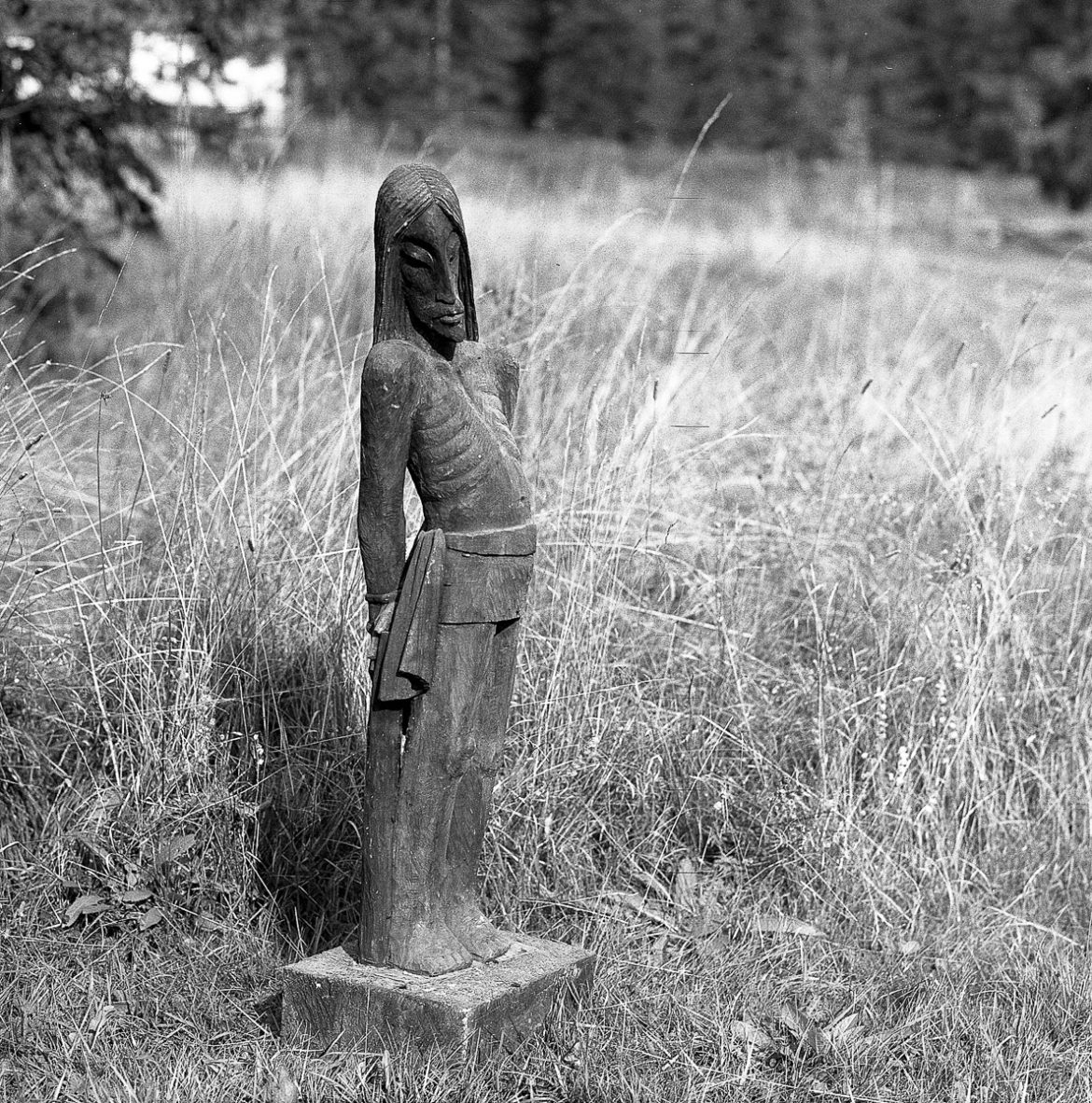

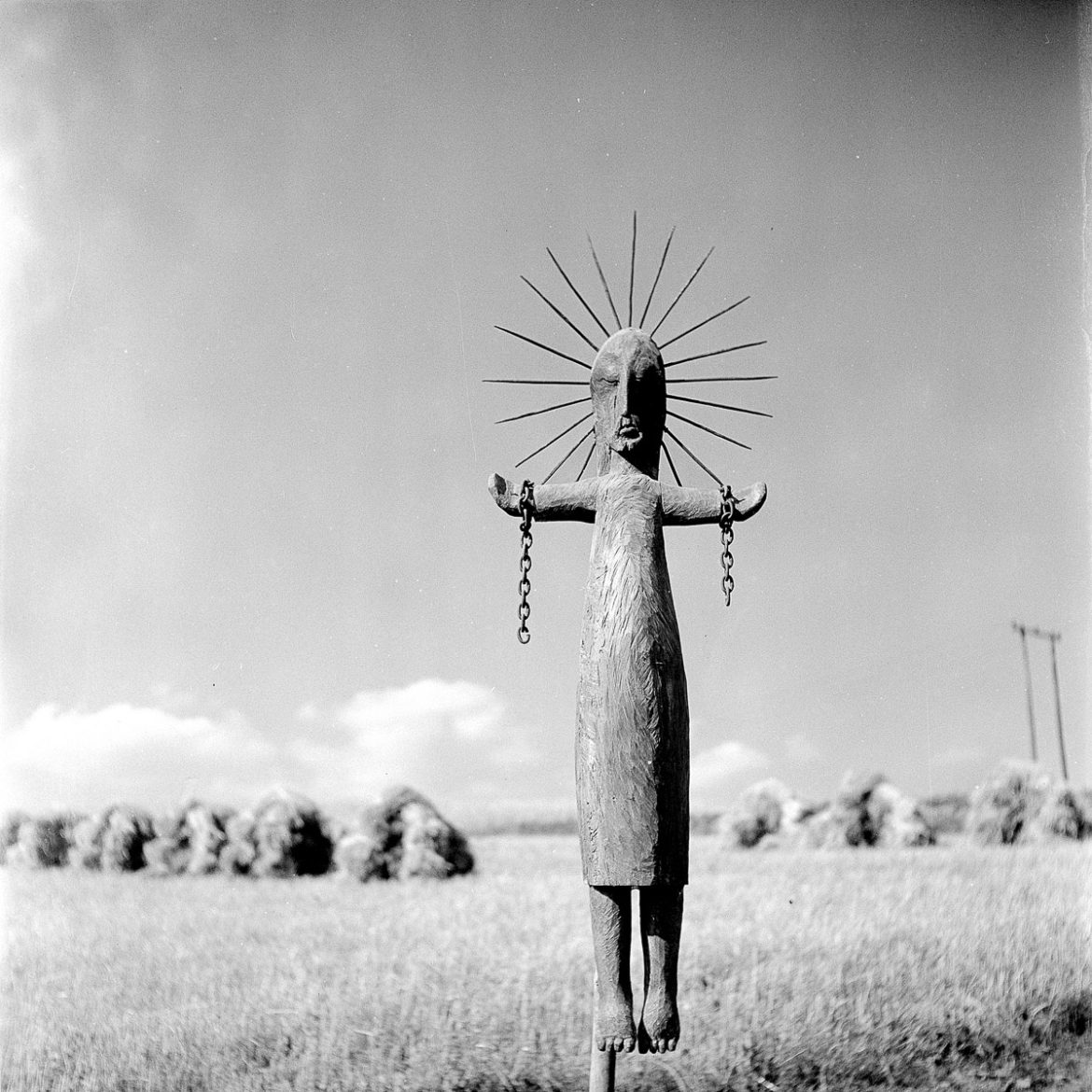

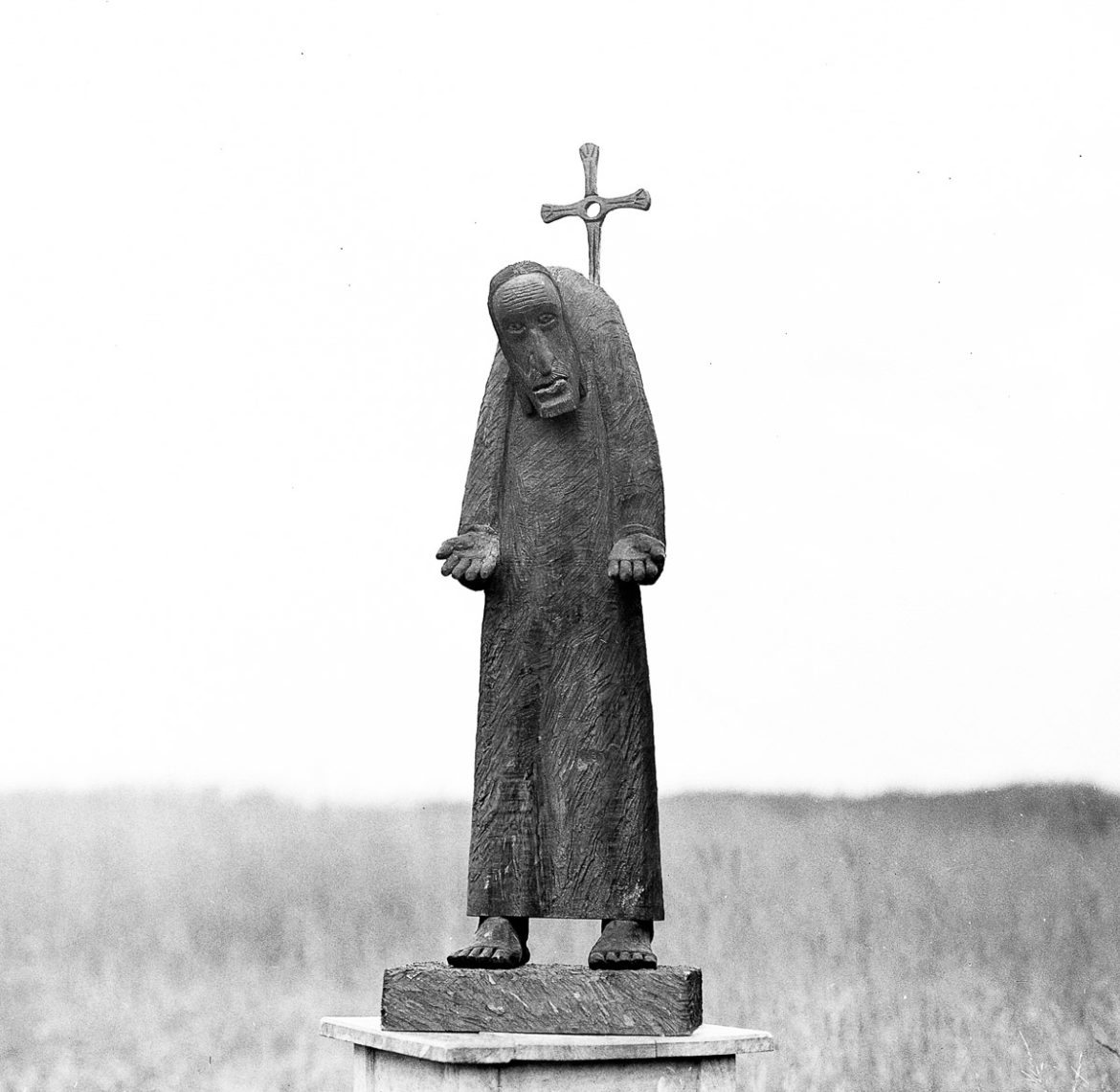
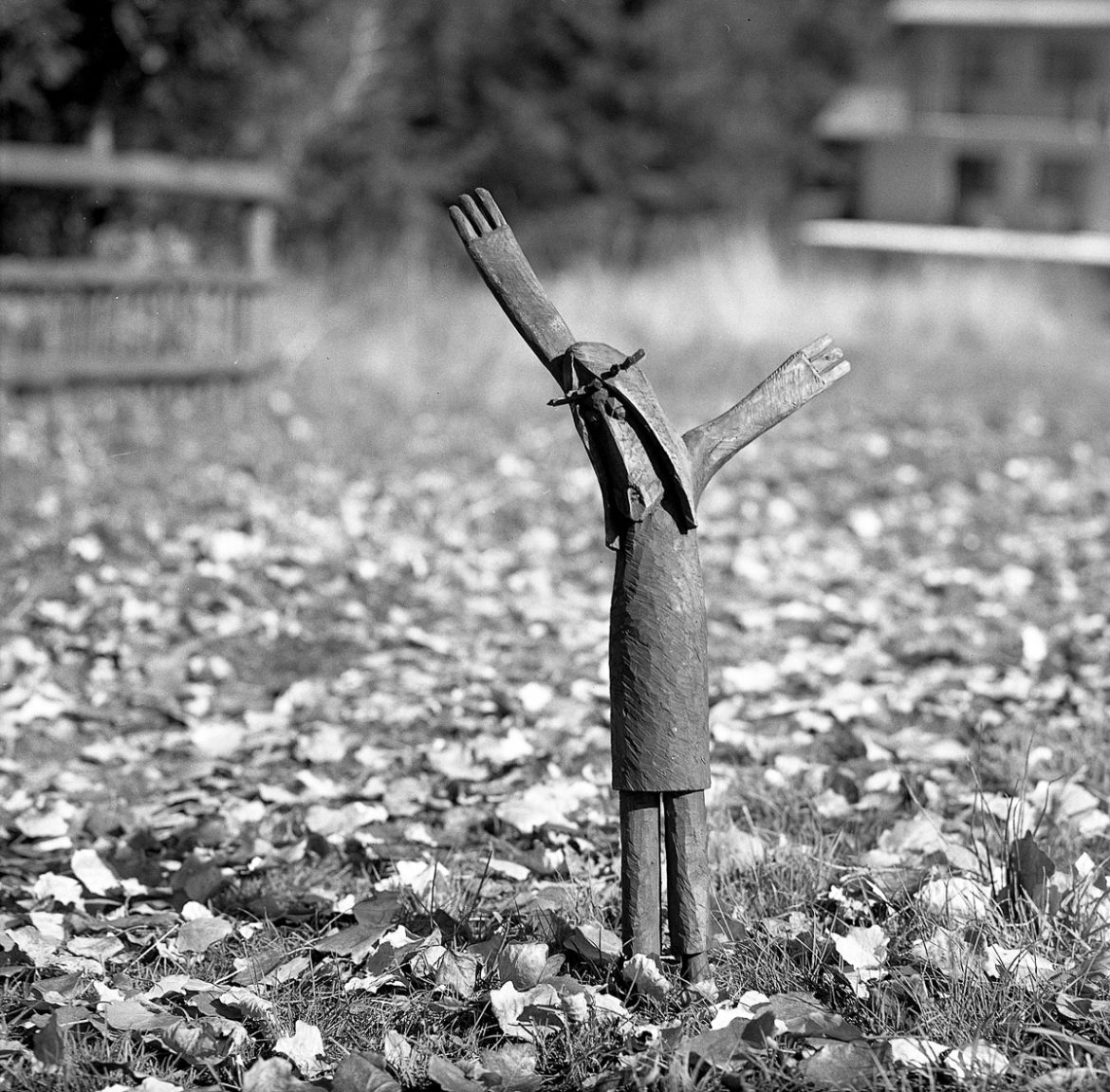
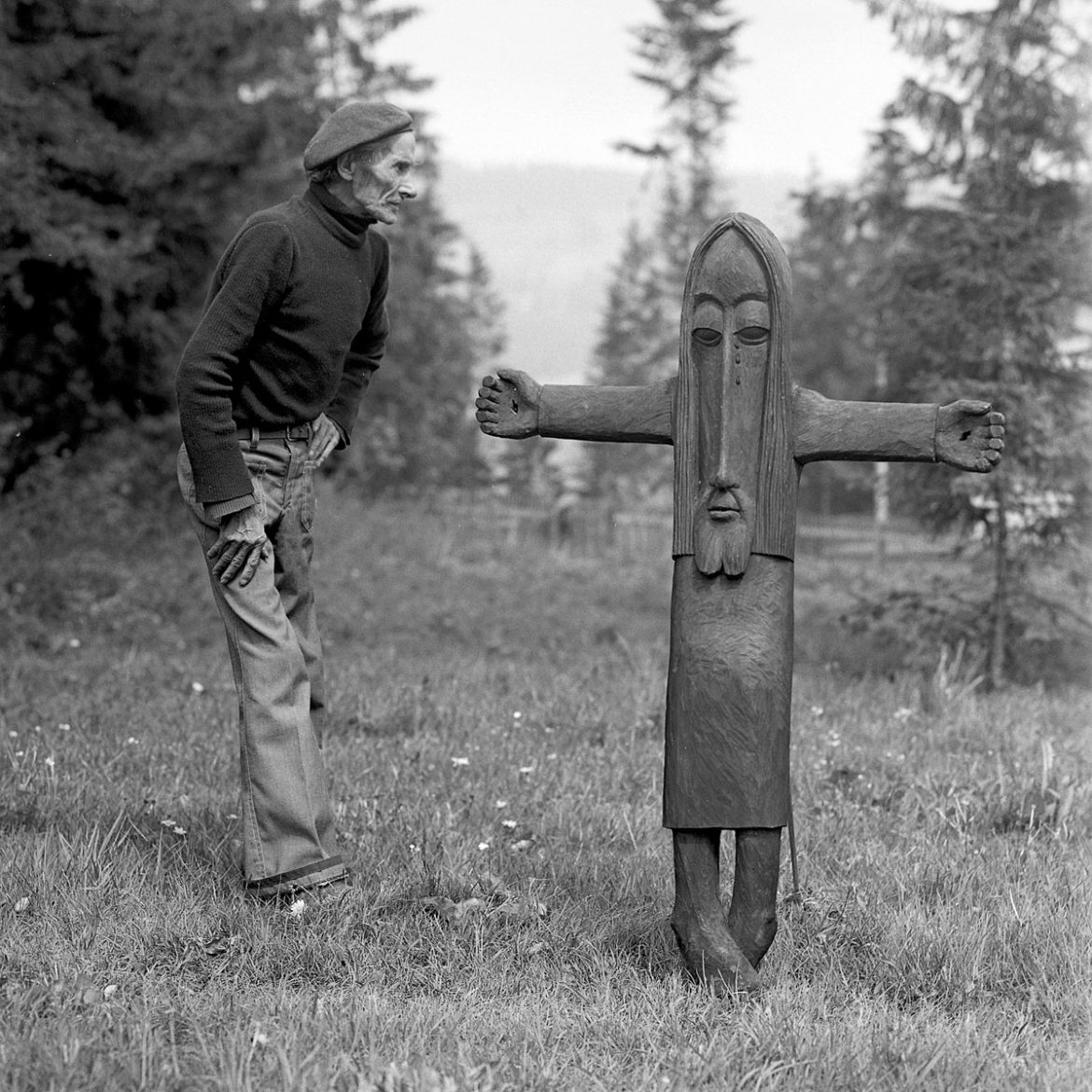

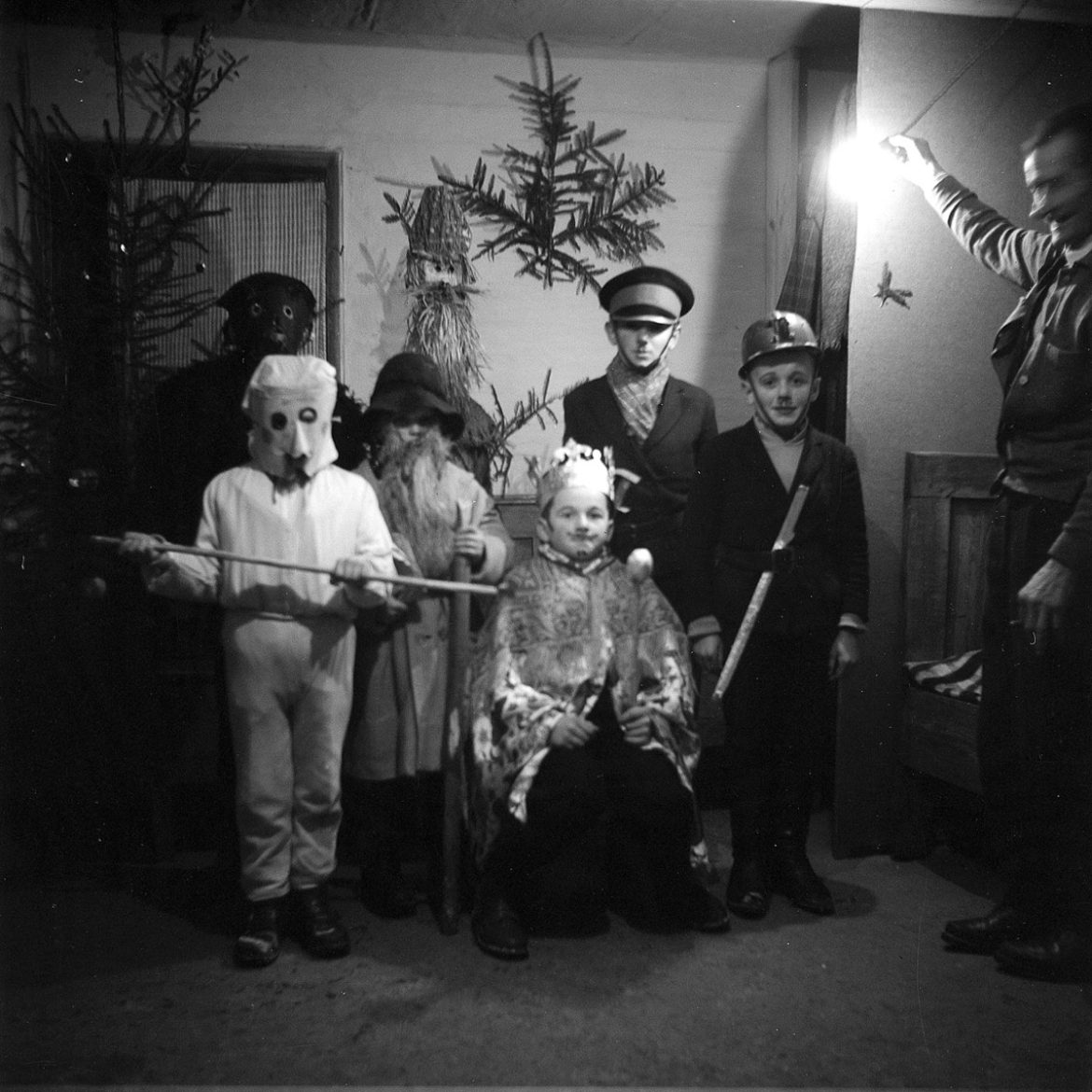

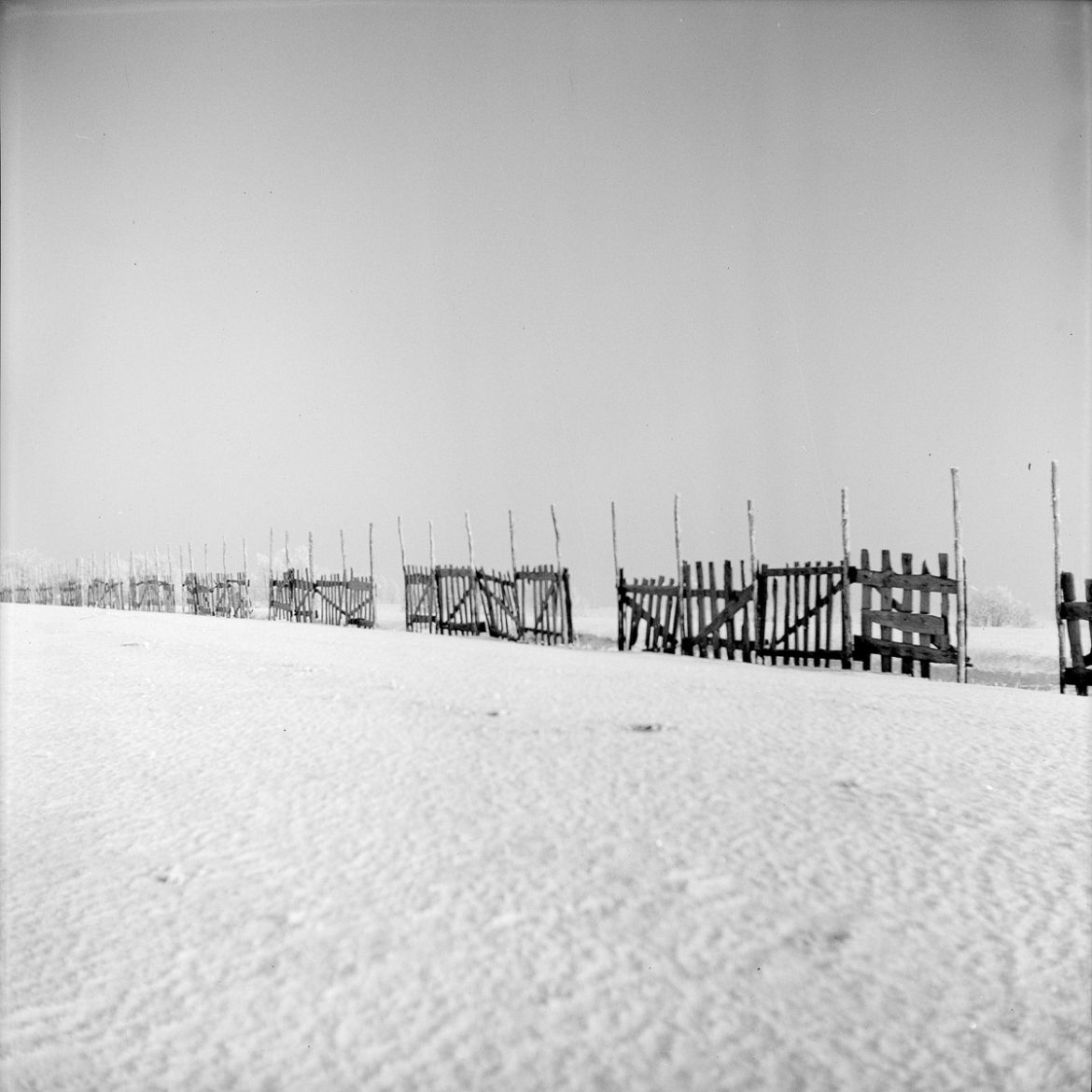





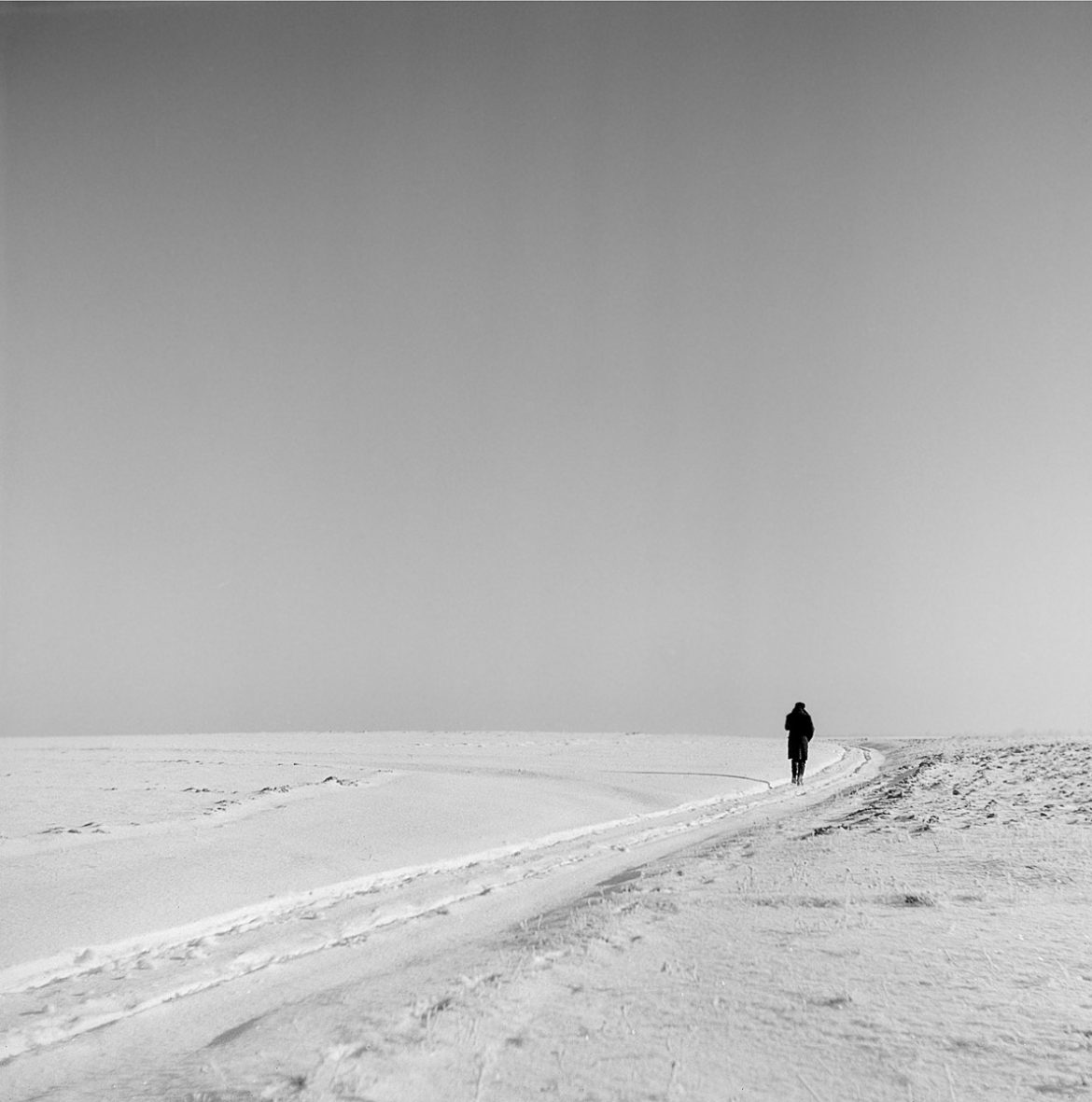
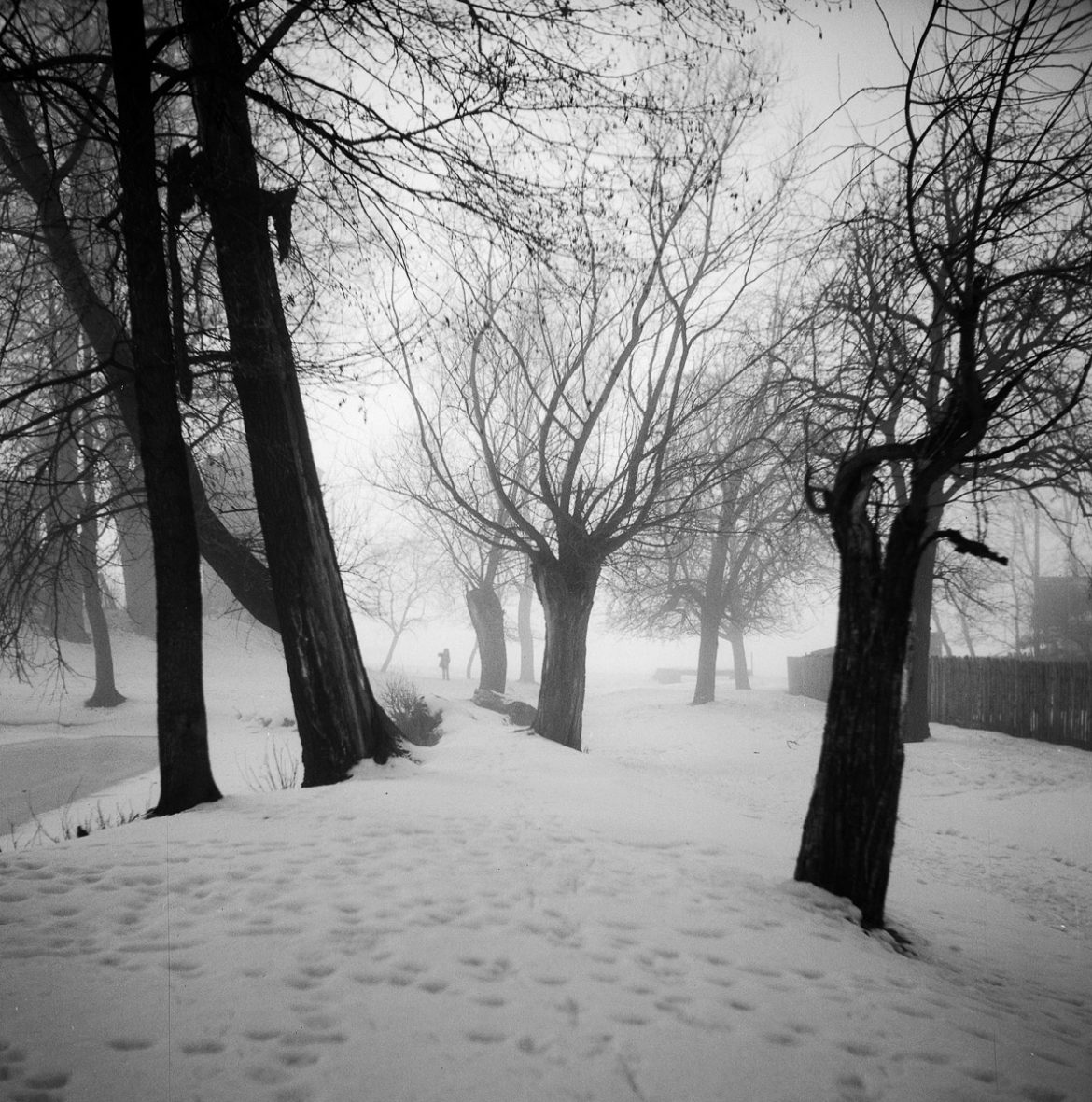




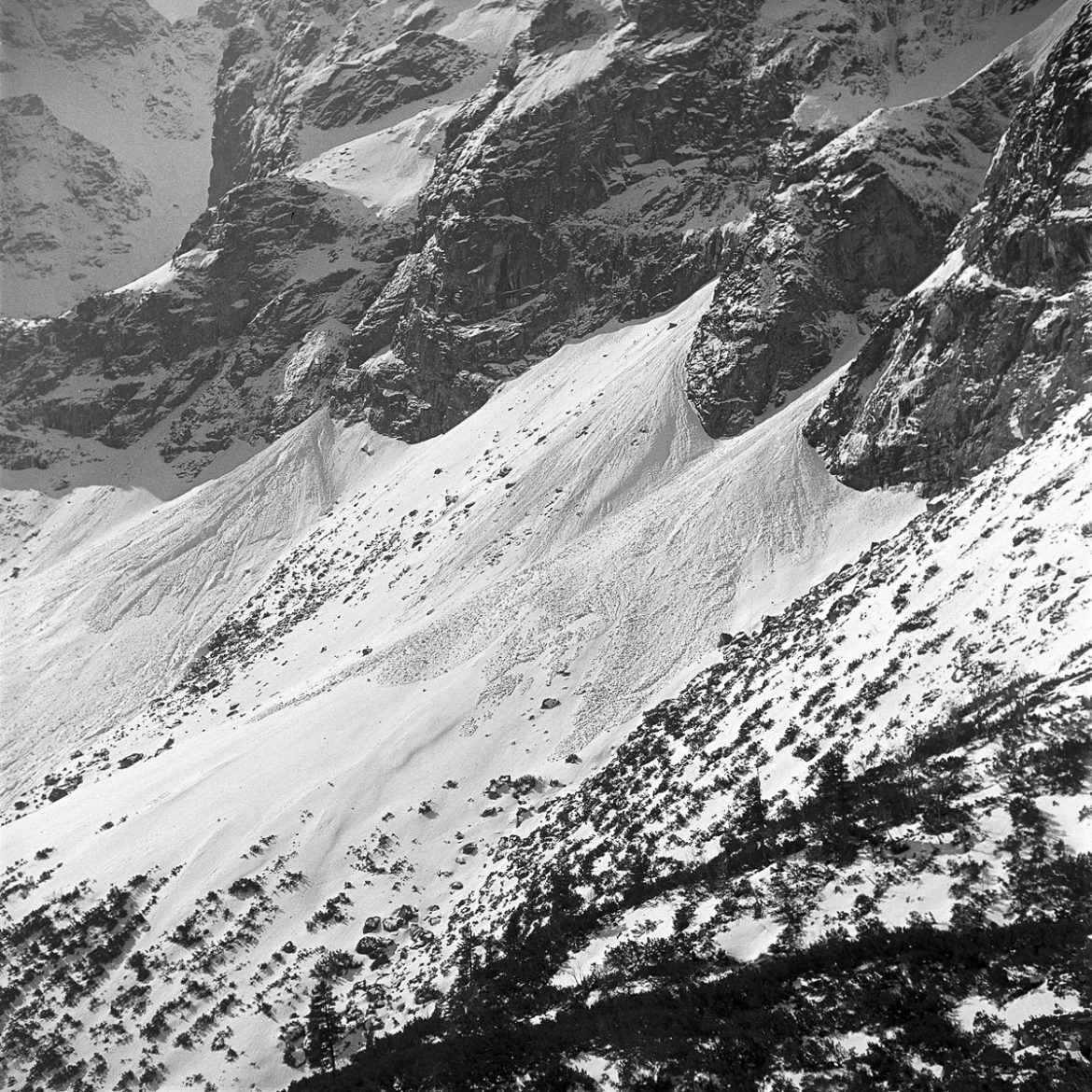
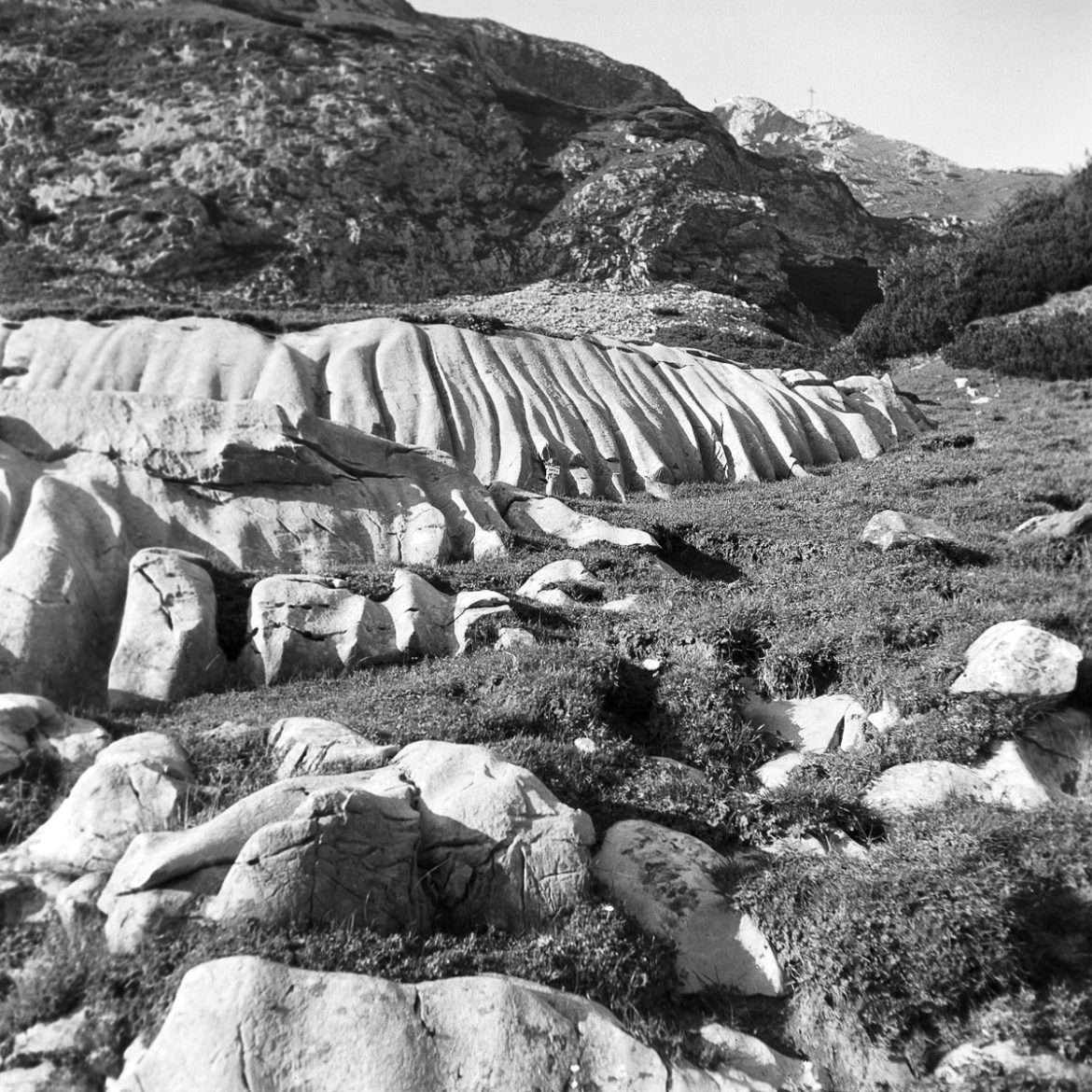
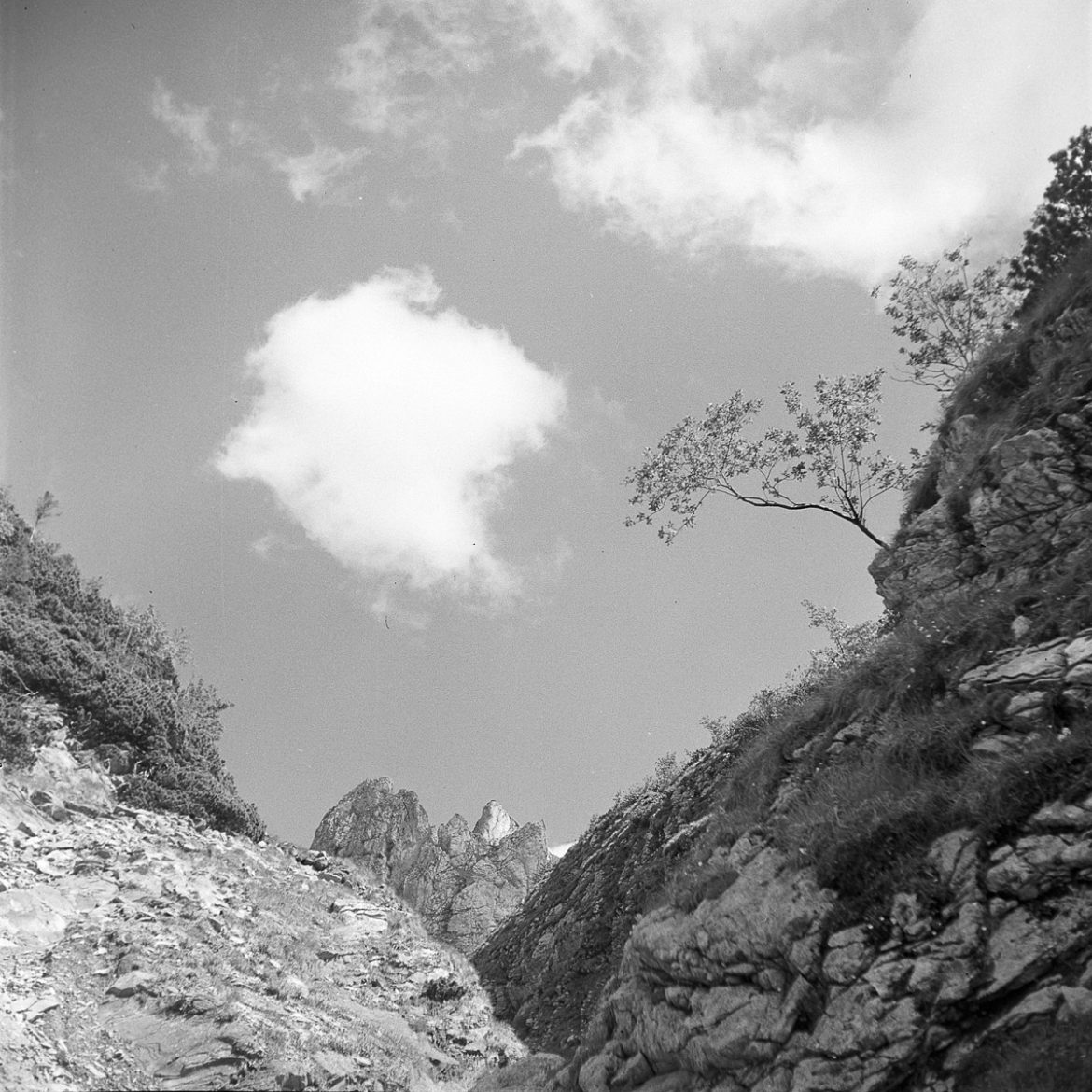

 The website was created with the financial support of the Zakopane City Hall
The website was created with the financial support of the Zakopane City Hall
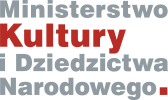 Rok Antoniego Rząsy dofinansowano ze środków Ministra Kultury i Dziedzictwa Narodowego pochodzących z Funduszu Promocji Kultury
Rok Antoniego Rząsy dofinansowano ze środków Ministra Kultury i Dziedzictwa Narodowego pochodzących z Funduszu Promocji Kultury